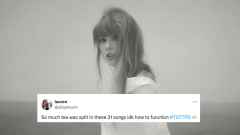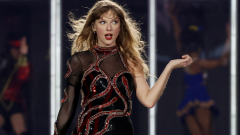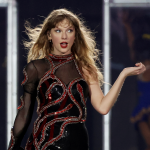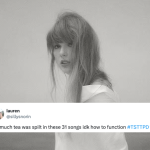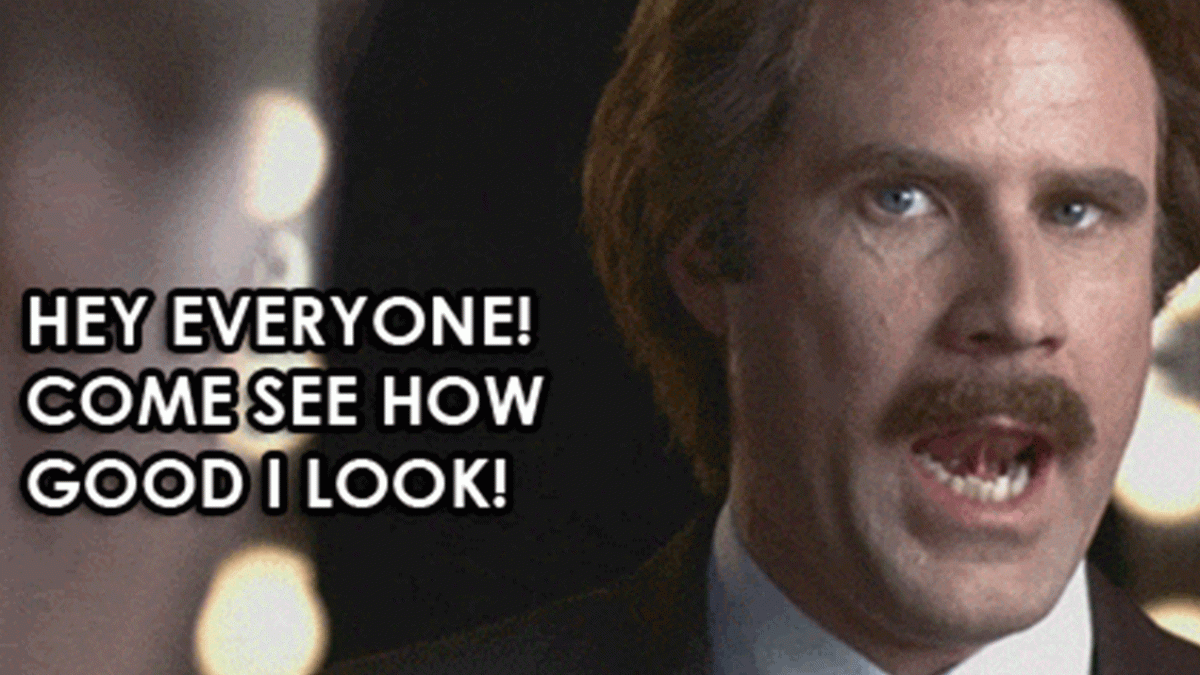
So there I was, trawling the internet for important and interesting information to share with you guys when I came across the statement “Most people know not to use a selfie as their LinkedIn photo“. Ummmm, DO we? Am I the only one who missed this memo? To be clear, we’re obviously not talking those glam selfies where you’ve found your best angle and your hottest outfit and you are WERKING it. I think it’s safe to say we all know those shots are best saved for Gatsbying your Insta followers. But just nice, fully clothed shots of your face? Is it really that bad for a LinkedIn Profile Picture?

Deborah Mason, SVP of PageUp reckons that’s not the only thing we need to be aware of when presenting our professional image to the world.
Selfies Are A No-ish Go
Well at least, obvious selfies are off limits for a LinkedIn profile picture. But as Deborah pointed out, not everyone can afford to have professional headshots taken, but that “creating a selfie that works well for LinkedIn is acceptable, and also very achievable“. So phew! But how do you create a selfie that’s appropriate for professional headshot purposes?
“The good news is that smartphones these days have great cameras, and it is possible to pull off a work selfie that’s appropriate for LinkedIn. It’s definitely a lousy idea to use your bathroom or beachside selfie for your LinkedIn page. At the end of the day, you have to think of the platform and audience that you’re presenting to; your picture has to convey the right message about your work self.
There are many tips from photographers on how you can take a work selfie, from dressing professionally and looking for a plain background to seeking good light and other technical aspects to consider. If you can afford a professional headshot, that is a guaranteed way of getting a good profile picture for LinkedIn.”
Does Your Profession Factor Into It?
Obviously, if you’re in a suit and tie kind of job, your profile should reflect that you belong there. But I work in a very creative industry. I haven’t tried it yet but I’ve definitely held jobs in which I’m fairly certain I could turn up in my PJs as long as I didn’t have meetings and no-one would look twice. So does that sort of casual office vibe translate into how you present yourself in a LinkedIn profile picture for potential future employers? Deborah says you should always err on the side of caution, and probably not try the PJs to work thing:
“While there is always some leeway based on the industry you work in, the general rule of thumb is that you should be presentable enough so that you can meet clients or host anyone important at any given time of the day. If your outfit for the day isn’t something you would wear to impress a client, you should probably reconsider what you’re wearing.
Plain, dark jeans without any rips, sensible shoes and a non-offensive T-shirt with a casual jacket thrown over will get you through a work day when the dress code is business casual.“
So it follows that your professional pictures should reflect the same level of dress codes.

Is LinkedIn Enough Or Should We Have A Personal Website?
An ex-boss of mine was always so insistent we should all have our own personal website to ‘control our stories’. But it turns out the story she was trying to control was a really bad reputation for being a kind of terrible person, so I’ve never been sure how seriously to take that. Turns out it’s usually not essential, and Deborah only recommends it if you’re doing it right:
“It’s better not to have personal/professional website if you can’t maintain it. There is no value in having an old, abandoned website that is intended to reflect your best professional self to future employers.
Certain career paths will require a visual portfolio, for instance designers in most fields will choose to have a personal/professional website to host their designs instead of having to create a physical portfolio.
If you’re using a personal/professional website to promote yourself to future employers and recruiters, then be sure to devote time and attention to upkeep a good website.”
What Makes A Employable LinkedIn Profile?
So then how do we use our LinkedIn profiles to our best advantage? The whole point of a LinkedIn profile is to show your value and convince potential employers that you’ll be a benefit to their workplace. If you’re going to put in the effort (and you should) you want to make sure you’re not wasting the energy. So here’s a little checklist from Deborah to make sure you’re doing it right:
Headshot – must be professional looking, which can still be achieved by the correct selfie
Summary – use it to your best advantage by sharing your strengths and how you see your career advancing. “Recruiters often use keywords to search for candidates, so be sure to include job titles, skill sets and core competencies to demonstrate your expertise,” explains Deborah.
Job Listings – Deborah recommends you “give a brief description of the company, your main responsibilities, and the results of your work.”
What Else To Share – If possible, share achievements and outstanding pieces of work. If you’ve been working for some time this won’t be too hard, but if you’re just entering the scene you might not have much to share yet. Deborah suggests you “…consider the internships and volunteer experiences that you have done to set yourself apart.”
Endorsements – again if you’re new to the workforce, search within your social circles for people who could endorse your skills. “This could be your sports coach who can attest to your leadership and ability to bring a team together, or the manager at the café you were in working through university who can testify for your customer service skills, resourcefulness, and reliability. Testimonials are valuable to everyone, but even more so for a younger professional who lacks industry and professional experience,” says Deborah.

What Should You Avoid At All Costs?
Almost as important when trying to make a good impression, is what you should definitely never do on your LinkedIn profile, or when job hunting in general, tbh. Deborah recommends you please don’t do these things:
Share Unprofessional Content – if it’s not strictly professional, or if it’s divisive, you should generally just avoid it. Deborah says you can share SOME personal content, but keep it to a minimum and always consider your audience.
Don’t Add Randoms – You might be trying to grow your professional network, it’s not the place to do it aimlessly. This isn’t Instagram, don’t go sliding into someone’s DMs unless you have a solid, professional reason to. If you DO have a good reason, send them a personalised message to explain what that reason is.
You Can Say No – By the same vein, you don’t have to accept every person who asks to connect, which I am totally guilty of. Only add contacts that add “…quality and add value to your professional network,” says Deborah.
Don’t Spam – Don’t blanket send messages asking for donations or inviting people to an event. It’s annoying.
Don’t Creep – I mean this should just be common sense for all social media platforms, but in case it wasn’t, now you know. Noticed someone checking out your profile? Do not send them a message saying that. It’s weird and doesn’t add anything constructive to a conversation. If they haven’t reached out, well sorry but they’re not interested.
Don’t let your dream job slip you by – Love your work! Find out more about our ethical jobs, not-for-profit jobs, jobs in WA and our jobs in: Sydney, Perth, Melbourne, Brisbane, Adelaide, Gold Coast and more.


